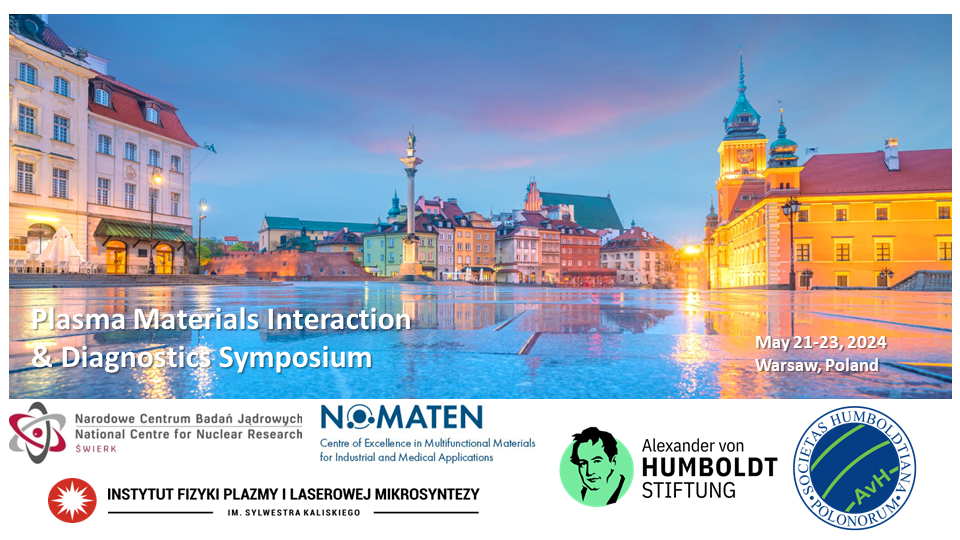Speaker
Description
The ubiquitous hydrogen atom is known to lead to the embrittlement of many metallic materials when present. In bcc Fe, hydrogen atoms penetrate easily and diffuse quickly through the crystal lattice [1], while the lattice solubility is relatively low. Hydrogen atoms interact with most of the other crystalline defects, modifying microstructures, mechanical properties and ultimately leading to embrittlement. In this work, we focus on the interaction between hydrogen and a screw dislocation, that are known to control plastic deformation in bcc Fe in low temperatures regime. The hydrogen effect on the dislocation mobility is still poorly understood and is influenced by many factors like strain rate, stress state, temperature, chemical environment and solutes mobility. Most of existing studies have focused on the interaction of a single straight dislocation with one or few H atoms. Antagonist effects have been observed such as a hardening effect due to hydrogen trapping in the dislocation core. The pinning of the dislocation line hinders the glide [2]. In contrast, a H softening effect may also be observed with a reduction of kink pair formation enthalpy [3,4], that could be due to a reduction of local electronic density promoting double kink nucleation [3,4].
We employed Molecular Dynamic simulations to compute segregation and migration energies of hydrogen solute in the vicinity to the dislocation. H-Fe interaction is described with a recent NNIP potential [5], which reproduces well existing DFT data. We mapped the interaction energy between one or several hydrogens and the dislocation core for various solute concentrations and configurations. When H is inserted inside the dislocation core, a strong binding energy is found and the hard core configuration becomes favored leading to partial or complete core change from the easy core observed when H is distant. The interaction energy rapidly decreases when H is placed away from the dislocation. To characterize the diffusion process close to the dislocation, we calculated migration barrier [6] between the different sites available. These results are compared to predictions from theory of anisotropic elasticity. Next, we assessed the stress driven mobility of a kinked screw dislocation immersed in a hydrogen concentration. For this, we developed a Kinetic Monte Carlo relying on the energety database obtained from MD. The dislocation velocity model and the KMC simulation results will constitute the cornerstone of DDD simulations.
[1] Ferrin, Peter, et al. Surface Science 606.7-8 (2012): 679-689.. [2] Blaschke, Daniel N., and Darby J. Luscher. International Journal of Plasticity 144 (2021): 103030., [3] Itakura, M., et al. Acta Materialia 61.18 (2013): 6857-6867., [4] Wen, M., S. Fukuyama, and K. Yokogawa. Acta Materialia 51.6 (2003): 1767-1773., [5] Meng, Fan-Shun, et al. Physical Review Materials 5.11 (2021): 113606., [6] Henkelman, Graeme, Blas P. Uberuaga, and Hannes Jónsson. The Journal of Chemical Physics 113.22 (2000): 9901-9904.

